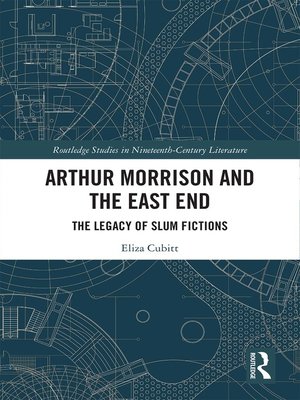Arthur Morrison and the East End
ebook ∣ The Legacy of Slum Fictions · Routledge Studies in Nineteenth Century Literature
By Eliza Cubitt

Sign up to save your library
With an OverDrive account, you can save your favorite libraries for at-a-glance information about availability. Find out more about OverDrive accounts.
Find this title in Libby, the library reading app by OverDrive.



Search for a digital library with this title
Title found at these libraries:
| Library Name | Distance |
|---|---|
| Loading... |
This, the first critical biography of Arthur Morrison (1863-1945), presents his East End writing as the counter-myth to the cultural production of the East End in late-Victorian realism. Morrison's works, particularly Tales of Mean Streets (1894) and A Child of the Jago (1896), are often discussed as epitomes of slum fictions of the 1890s as well as prime examples of nineteenth-century realism, but their complex contemporary reception reveals the intricate paradoxes involved in representing the turn-of-the-century city.
Arthur Morrison and the East End examines how an understanding of the East End in the Victorian cultural imagination operates in Morrison's own writing. Engaging with the contemporary vogue for slum fiction, Morrison redressed accounts written by outsiders, positioning himself as uniquely knowledgeable about a place considered unknowable. His work provides a vigorous challenge to the fictionalised East End created by his predecessors, whilst also paying homage to Charles Dickens, George Gissing, Walter Besant and Guy de Maupassant. Examining the London sites which Morrison lived in and wrote about, this book is an excursion not into the Victorian East End, but into the fictions constructed around it.







